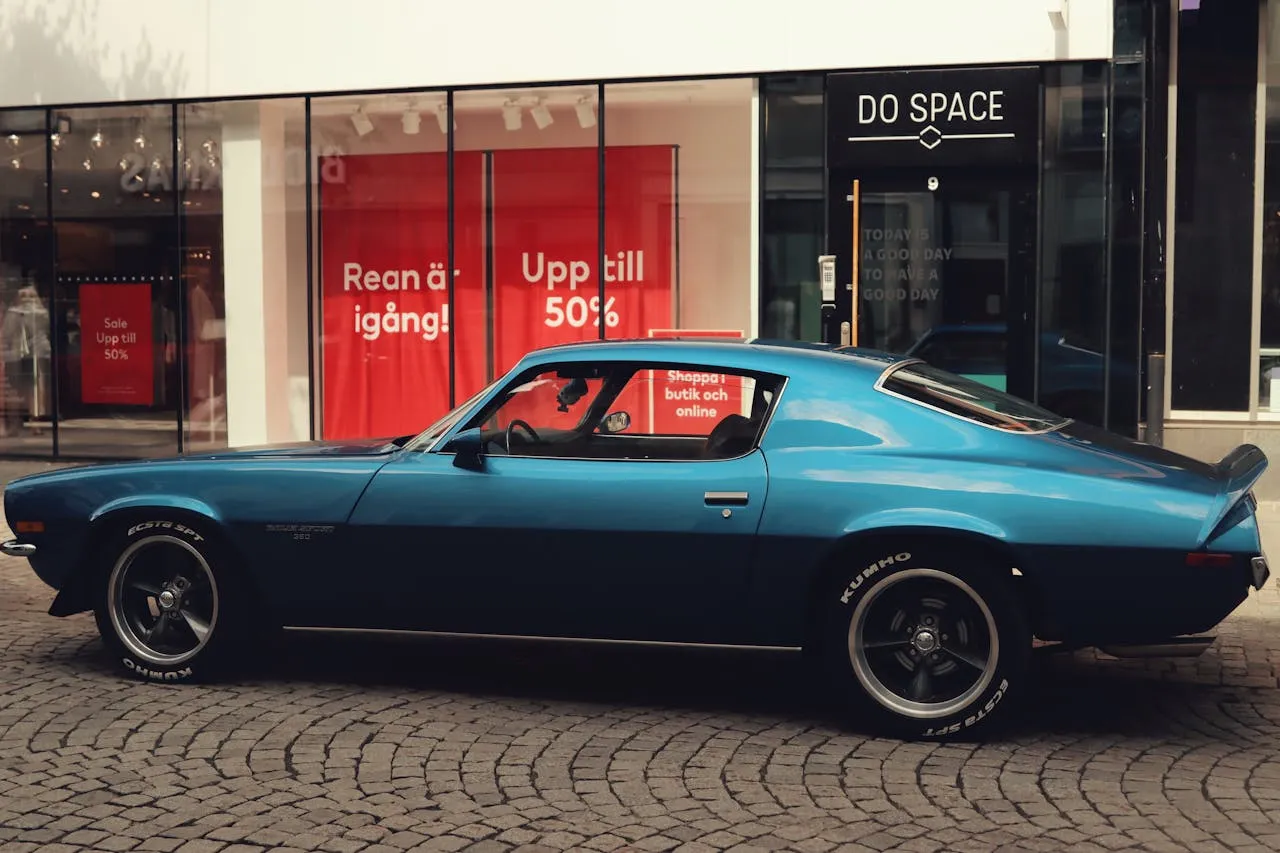
Retro Rides: The 1976 Chevy Aerovette and GM’s Bold Rotary Engine Experiments
To understand the story of the 1976 Chevrolet Aerovette, one of the most striking Corvette concept cars ever built, you have to rewind to a period of intense experimentation at General Motors. Although the Aerovette itself did not carry the unconventional rotary engine that GM engineers were so fascinated by, it owed its very existence to the company’s push into alternative propulsion. The Aerovette became a symbol of both what could have been and what would eventually come for America’s sports car.
Seeds of Innovation in a Shifting Automotive Era
The Corvette has long stood as a symbol of American performance and ingenuity. Today’s C8 Corvette, with its mid-engine layout, is often celebrated as a revolutionary shift in the nameplate’s history. Yet the idea of putting the Corvette’s powerplant behind the driver is far from new. As early as the late 1960s, Chevrolet engineers and designers had been toying with the mid-engine layout, testing concepts that would pave the way for what enthusiasts now enjoy on showroom floors.
The late 1960s and early 1970s were transformative years for the auto industry. Muscle cars dominated the roads, but rising concerns over fuel efficiency, emissions, and the looming oil crisis signaled that the era of raw horsepower might not last forever. Automakers began looking for cleaner, lighter, and more compact powertrain solutions. Among them was the Wankel rotary engine, a design pioneered by German engineer Felix Wankel and licensed by automakers worldwide, including Mazda, NSU, AMC, and GM.
GM’s Rotary Gamble
General Motors dove headfirst into rotary technology in the early 1970s. Unlike a traditional piston engine, which relies on reciprocating up-and-down movement, the rotary engine uses a spinning triangular rotor inside an oval chamber. This configuration meant fewer moving parts, lighter weight, and the promise of smoother operation. On paper, it seemed like the perfect next step in propulsion technology.
Chevrolet applied this experimental approach to its Chevrolet Experimental Research Vehicle (CERV) program, producing several radical mid-engine concepts. Among the most famous were the XP-882, which showcased design directions for future Corvettes, and two rotary-powered concepts that made waves in 1973:
- XP-987GT Two-Rotor Corvette – a smaller, lighter car that demonstrated the compactness of the rotary engine.
- XP-882 Four-Rotor Corvette – the more ambitious sibling, revealed at the 1973 Paris Auto Show, boasting a bold mid-engine layout and futuristic styling.
For the Four-Rotor concept, Chevrolet’s engineers combined two twin-rotor engines via a crankshaft coupling, creating a massive 585 cubic inch (9.5-liter) rotary powertrain. This experimental setup fed power into a three-speed Turbo Hydra-Matic transmission paired with a 3.55:1 final drive ratio. Unlike muscle cars of the time, which advertised raw horsepower and torque, the Four-Rotor emphasized balance, handling, and efficiency—a new kind of performance for a new era.
Radical Features Ahead of Their Time
Beyond its rotary heart, the Four-Rotor Corvette introduced several innovations that foreshadowed the future of automotive design.
- Gullwing Bi-Fold Doors: Large openings for easy access to the cabin, enhancing practicality for a mid-engine sports car.
- Fixed Seats with Adjustable Controls: Instead of moving the seats, the pedals and steering column adjusted to fit different drivers.
- Digital Instrumentation: A fully electronic display provided readouts for speed, RPM, fuel, and oil pressure—a preview of the digital dashboards that would emerge decades later.
- Aerodynamic Fiberglass Body: Its low-slung silhouette reduced drag, improving efficiency and high-speed stability.
- Plastic Bumpers: Designed to absorb energy, these were a response to changing safety regulations and consumer demand.
A luggage compartment, cleverly integrated in front of the engine and accessible through the hatchback cover, further emphasized practicality. This was not just a design exercise—it was a glimpse into what a 21st-century Corvette might have looked like if fuel crises and regulatory pressures had reshaped the sports car market more aggressively.
The Death of GM’s Rotary Program
As promising as the technology seemed, GM’s rotary engine experiments soon ran into major obstacles. Meeting emissions standards, ensuring long-term durability, and addressing fuel consumption proved more difficult than anticipated. While rotary engines were compact and smooth, they were thirsty and struggled to meet tightening regulations in the wake of the oil crisis.
By 1974, General Motors abandoned its rotary engine program. Without its intended powerplant, the Four-Rotor Corvette might have faded into obscurity. But the car’s daring design caught the attention of GM’s legendary design chief, Bill Mitchell.
The Birth of the Aerovette
Mitchell was captivated by the Four-Rotor’s sleek, futuristic lines. He believed the design deserved a second life—even if the engine experiment had failed. In 1976, he ordered the car to be reworked, stripping out the complex rotary system and replacing it with a tried-and-true 400 cubic inch (6.6L) Chevrolet Small Block V8.
With this transformation, the car was renamed the Aerovette, a nod to its aerodynamically optimized bodywork. What had begun as a rotary experiment was reborn as a concept highlighting Corvette’s potential as a mid-engine sports car.
The Aerovette stood as a visual manifesto: America’s sports car didn’t have to be bound by tradition. It could be exotic, futuristic, and forward-looking, just like its European rivals.
Legacy and Influence
Though the Aerovette never entered production, its influence echoed through the Corvette’s development timeline. GM preserved the car, and today it resides in the company’s Heritage Collection in Michigan, alongside other mid-engine experiments. For decades, it served as a reminder that Chevrolet had already explored the very ideas that would eventually define the C8 Corvette of 2020.
Even in recent years, the Aerovette’s spirit lives on. GM has continued unveiling Corvette concept studies—most recently in 2025, with new mid-engine design projects from its studios in the UK and Pasadena. These modern interpretations revisit the same themes of bold innovation, aerodynamic efficiency, and a willingness to push beyond tradition.
Why the Aerovette Matters
The Aerovette is more than just a concept car frozen in time. It represents a pivotal “what if” moment in GM’s history:
- What if rotary engines had worked out? Would Corvette have made the leap to alternative propulsion decades earlier?
- What if the Aerovette had gone into production? Could Chevrolet have rivaled Ferrari and Lamborghini in the 1970s with an American mid-engine sports car?
While we’ll never know the answers, the Aerovette embodies the restless spirit of innovation that has always driven the Corvette nameplate. From rotary engines to today’s hybrid and electric concepts, Chevrolet’s experiments remind us that performance evolves—and that Corvette will always chase the edge of possibility.







